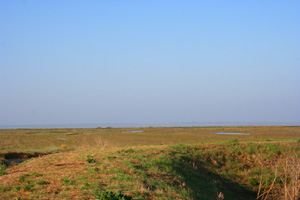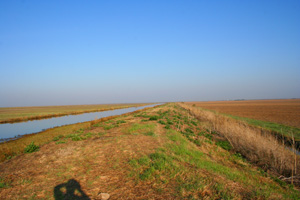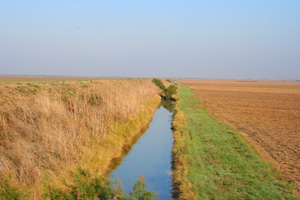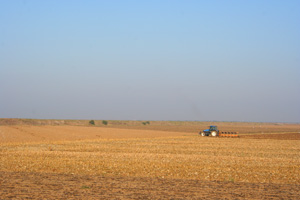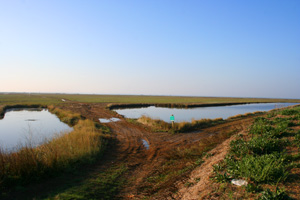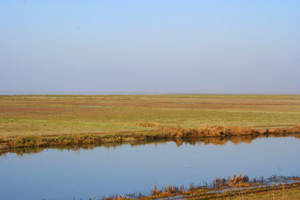
Tourist Information, Vendee History, Accommodation, Photos, Reviews, Maps,
Custom Search
Web |


|
| contact us | ||
| Advertise |
|
| month by month guide | ||
| Entertainment |
| January | ||
| February | ||
| March | ||
| April | ||
| May | ||
| June | ||
| July | ||
| August | ||
| September | ||
| October | ||
| November | ||
| December |
| Car Boot Sale | ||
| Discos |
|
| Getting About | ||
| Public Holidays, | ||
| Getting to the Vendee | ||
| Bike Hire | ||
| Photos | ||
| Weather | ||
| Vendee Wars | ||
| Videos | ||
| Maps & Books | ||
| Vendee Wines | ||
| Vendee Information |
|
| Vendee Restaurants | ||
| Coastal Region | ||
| Haut Bocage | ||
| Bas Bocage | ||
| Plaine | ||
| Sud Vendee | ||
| Marais Poitevin | ||
| Marais Breton | ||
| Marais Olonne |
|
| All Activities | ||
| fishing | ||
| sailing | ||
| golf | ||
| Walking | ||
| Cycling | ||
| Surfing | ||
| Karting | ||
| Swimming | ||
| Canoeing | ||
| Paintball | ||
| Horse Riding | ||
| Adventure Parks | ||
| Arts & Crafts |
|
| All Attractions | ||
| Theme Parks | ||
| Towns and Villages | ||
| Chateaux and Churches | ||
| beaches of the vendee | ||
| Adventure Parks | ||
| Amusement Parks | ||
| Water Parks | ||
| Childrens Attractions | ||
| Markets | ||
| Zoos & Gardens | ||
| Museums | ||
| Rivers of the Vendee | ||
| Vendee Islands | ||
| Vendee Wars Sites | ||
| Mills of the Vendee |
| inland beaches |
|
| Gites | ||
| Hotels | ||
| Camping | ||
| Bed & Breakfast |
| Gites with Pools | ||
| Gites Complex | ||
| All Gites |
| Camping Coastal Region | ||
| Camping Haut Bocage | ||
| Camping Marais Poitevin | ||
| Camping Sud Vendee |
|
| Coastal Region | ||
| Bas Bocage | ||
| Haut Bocage | ||
| Plaine | ||
| Sud Vendee | ||
| Marais Poitevin | ||
| Marais Breton | ||
| Marais Olonne | ||
| Mervent Forest |
Le Baie de l'Aiguillon
In
accordance with the law "and Freedoms" of January 6, 1978, you have the
right to access and rectify information concerning you. If you wish to
exercise this right, please contact us.
© Copyright Vendee-Guide.co.uk 2009-12 This Website is built with Bluevoda from Vodahost
© Copyright Vendee-Guide.co.uk 2009-12 This Website is built with Bluevoda from Vodahost
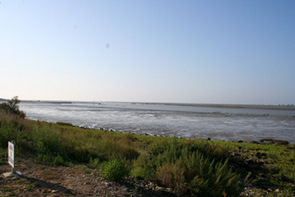
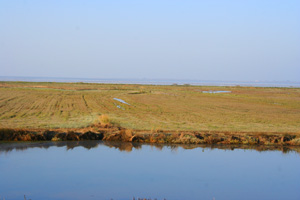
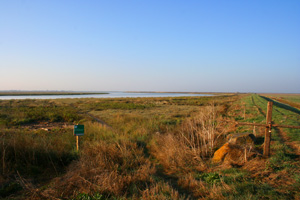
Le Baie de l'Aiguillon is all that is left of the great Gulf of Picton, it is a place where there is an interaction between
land and sea, between freshwater and saltwater, and between man and
nature, these interactions are numerous yet it is a graceful transition
from the continent
to the ocean. With the rhythm of the daily tides the landscape changes,
revealing the extensive mudflats and salt marshes at low tide, yet
completely immersing the bay at high tide, and only being held back by
the man made dykes.
The Baie de L'Aiguillon we see today is the result of first, the natural
silting up of the Gulf of Picton and secondly the successive drainage
work that has been carried out from the middle ages to the present
day, which reclaimed some 100 000 hectares of land and formed the Marais Poitevin.
These polder lands and meadows almost encircle the bay and the rivers,
canals and ditches which still drain these lands end up in the bay
bringing with them important nutrients.
It
is the meeting point of two eco-systems; that of the Marais Poitevin
and the Pertuis Breton as the area of the bay is referred to. It is
typical of an estuary or enclosed bay which forms a biological system
around the ever depositing sediments. It is an area where only
specialised and often rare plants survive along with birds and animals
that have adapted to the conditions.
The Baie de l'Aiguillon is a National Nature Reserve, indeed it is one
of the most important reserves in France, receiving hundreds of
thousands of migratory water birds every year. It is a bird watchers
paradise with over a third of all Avocets in France over-wintering here.
The quality and richness of these waters attract waders and waterfowl,
over 45,000 waders from Greenland and Siberia stop off here, and 25,000
to 35,000 waterfowl including ducks, geese and swans (also staying) are
winter residents in the bay.
Man has not only interacted by draining and containing the Marais
Poitiven but has also harnessed the natural wealth of the bay. Today the
mussel farms of the Baie de l'Aiguillon are of great economic
importance. It is said that one third of all mussels farmed in France
come from here. On the salt marsh meadows sheep are grazed, it is an
area of fragile eco-structures where man works in harmony with nature to
the good of both.
Return to the Marais Poitevin

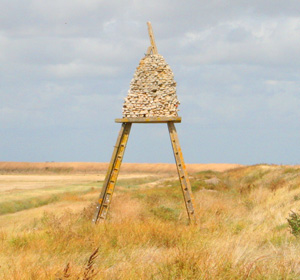

Red Kite nesting structures
